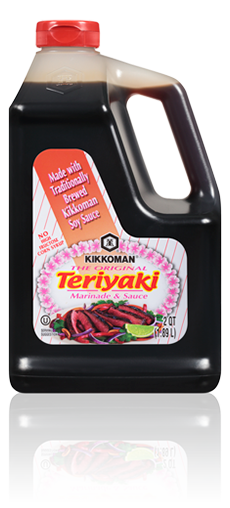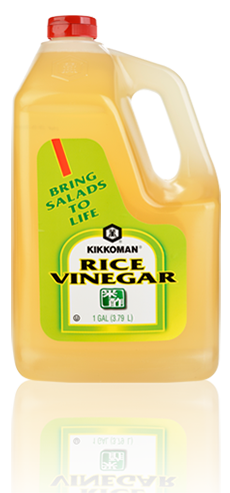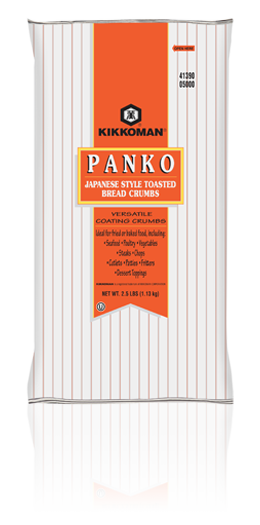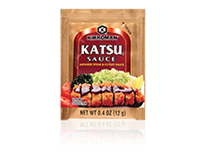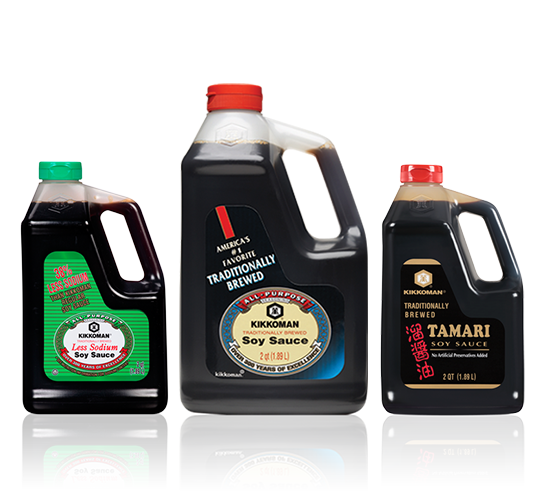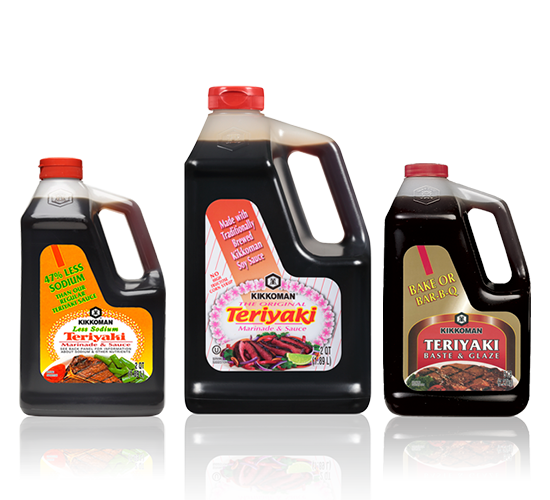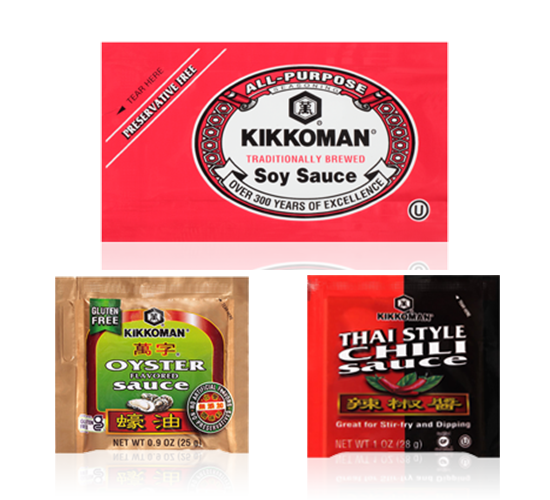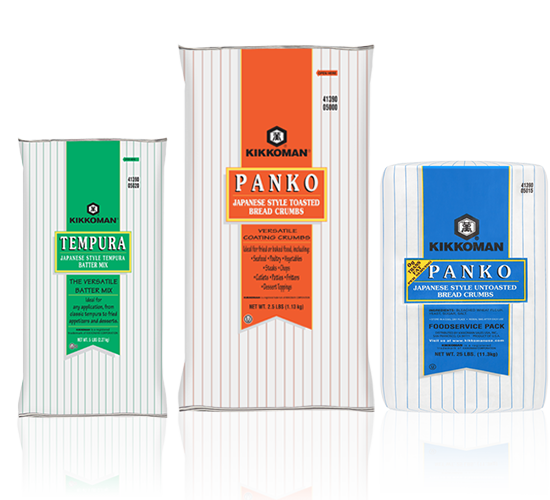All soy sauces are not created equal.
Kikkoman® Soy Sauce is traditionally brewed and aged for full flavor from water, soybeans, wheat, and salt. Kikkoman® Soy Sauce has a complex, mellow flavor that complements and enhances all kinds of foods not just Asian in a way that non-brewed soy sauces can't. And that makes Kikkoman one of the most versatile flavoring ingredients you can buy. Give *America's #1 soy sauce a try in your operation and unlock the seasoning secret to umami-packed flavor. *Based on U.S. sales data during the 52-week period ending 9/7/24
Full Product Line-Up
BROCHURES AND GUIDES
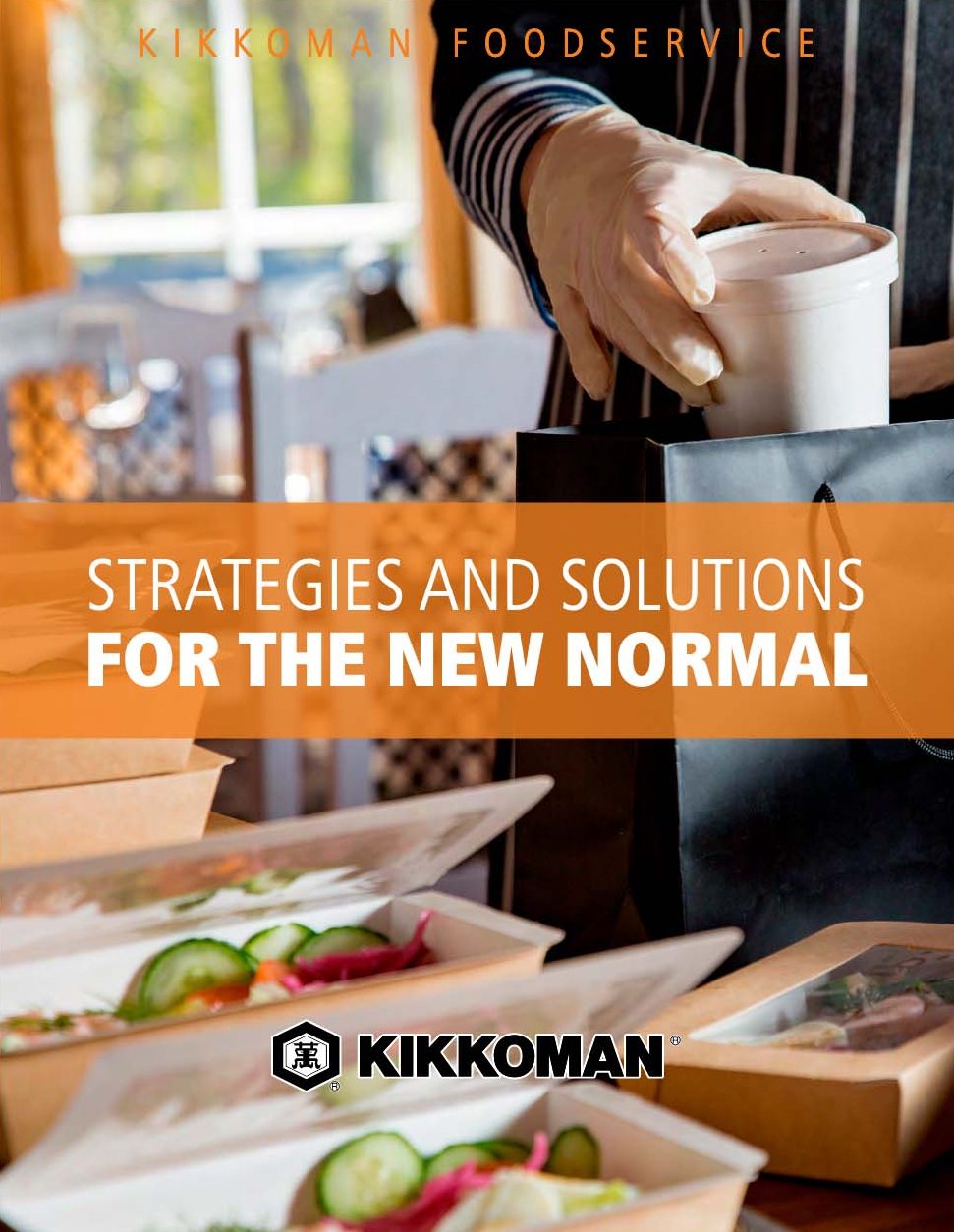
Foodservice Solutions Brochure (PDF)
Kikkoman is here to help you adapt and thrive in the “new normal” of foodservice. In our Solutions Brochure you’ll find complete information about our convenient, labor-saving products, plus ideas, strategies and resources to help you optimize your menu and enhance your operations.
Learn More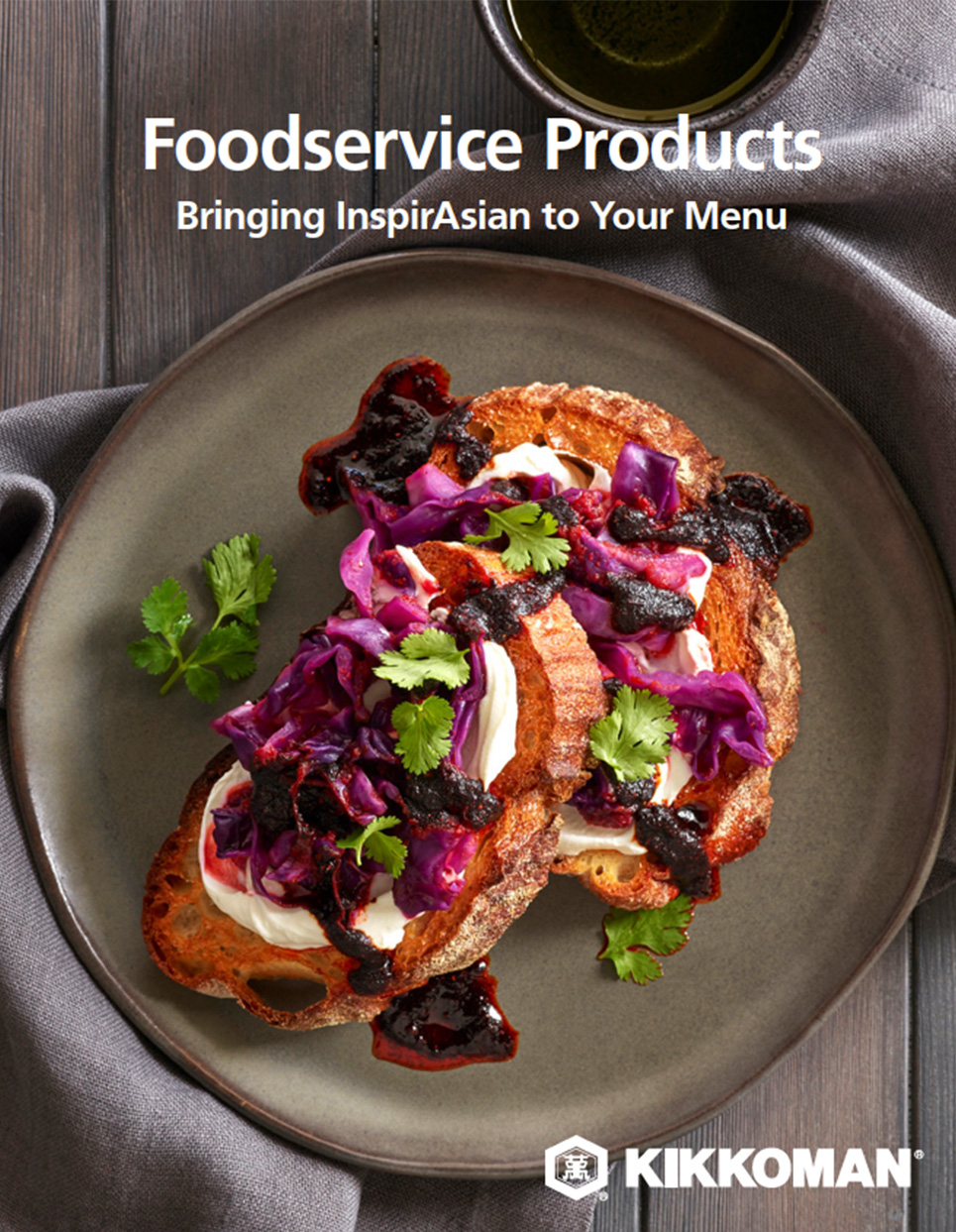
Foodservice Product Guide (PDF)
In foodservice today, flavor is everything. And Kikkoman can help you open up a whole world of flavor possibilities. With on-trend products, coating mixes, Panko and more, we've got flavor covered — and not just for Asian foods. Our products can enhance everything from burgers and fries to pasta and pizza. Looking to create menu items with state-of-the-art flavor?
Learn More